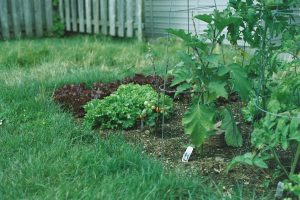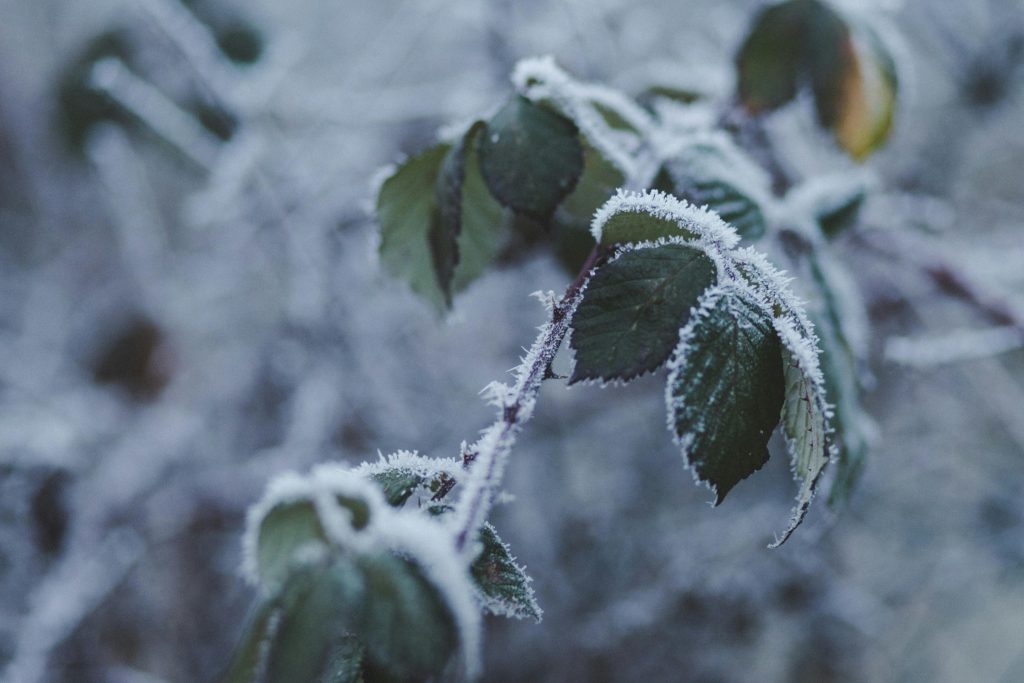
Potash in Orchards: Preparing Trees for Winter Dormancy
Orchards are long-term investments. Whether you manage apples, pears, peaches, plums, or cherries, the productivity and profitability of fruit trees depend on how well they

As the growing season winds down and temperatures begin to dip, plants shift their focus. Rather than putting out new leaves or flowers, they begin preparing for the long months ahead—storing energy, strengthening root systems, and fortifying cellular structures for the coming cold. This period of transition is critical, and the right fertilizer can make all the difference in how well your lawn, trees, shrubs, and garden plants survive the winter and rebound in spring.
One of the most important nutrients in this process is potassium, and no source delivers it more efficiently than Muriate of Potash (0-0-60) from Supply Solutions LLC. This high-potency potassium fertilizer is ideal for fall applications when plants need to toughen up, not grow out.
This blog explores why Muriate of Potash is essential during fall, how it works on a cellular level, and the best ways to apply it for long-term plant health and resilience.
Potassium (K) is often called the “quality nutrient” because of how it enhances overall plant function. Unlike nitrogen and phosphorus—which are used to build structure and fuel growth—potassium is responsible for regulating internal systems. In fall, its influence becomes even more vital.
Here’s what potassium does for plants:
These benefits translate to stronger, more resilient plants that can withstand frost, wind, drought, and pathogens—especially during periods of dormancy or stress.
During spring and summer, plants are focused on top growth—shoots, leaves, flowers, and fruit. But in the fall, they naturally shift toward:
This makes fall the ideal time to boost potassium levels. Applying Muriate of Potash in the fall helps ensure:
Even in gardens where soil already contains moderate potassium, a fall application can “top off” reserves and ensure availability when plants need it most.
Muriate of Potash, or potassium chloride (KCl), is a naturally mined and refined fertilizer that contains 60% potassium in a water-soluble form. This high concentration means:
Muriate of Potash from Supply Solutions LLC is particularly well-suited for lawns, gardens, trees, and farm use due to its purity and granular consistency.
Before and during fall, you might notice:
If any of these appear, especially in perennials, turfgrass, fruit trees, or root vegetables, your soil may be potassium-deficient—or your plants are consuming more K than the soil can supply.
1. Lawns:
Cool-season grasses like Kentucky bluegrass, fescue, and rye benefit greatly from a potassium boost in fall. Apply Muriate of Potash about 4–6 weeks before your first expected frost to help:
2. Perennial Beds:
Herbaceous perennials—like peonies, daylilies, echinacea, and hostas—store energy in their roots over winter. Potassium helps improve:
3. Fruit Trees and Bushes:
Apply in fall to improve bud hardiness and prevent dieback in apples, pears, berries, and stone fruits. This strengthens cell walls and helps trees conserve resources for the next bloom cycle.
4. Vegetable Gardens:
Root vegetables like carrots, beets, and potatoes especially benefit from potassium. Apply Muriate of Potash after harvest to prepare beds for next season.
5. Bulbs and Tubers:
Right before winter dormancy, potassium helps improve firmness and prevents rot in tulips, daffodils, garlic, and onions.
General Application Rate:
Application Tips:
For best results, perform a soil test before applying. Excess potassium can interfere with magnesium and calcium uptake, so balance is key.
Muriate of Potash can be used alongside:
However, avoid overapplying nitrogen with potassium in fall—it’s better to focus on root health and hardiness than top growth.
Potassium is less mobile in the soil compared to nitrogen, meaning:
Still, avoid applying before heavy rainfall, which could cause runoff, especially on slopes.
Whether you’re feeding your fall lawn or prepping orchard trees for spring bloom, this product delivers exceptional results.
When you add potassium at the right time, you’re not just feeding your plants—you’re empowering them to survive and thrive through winter and well into spring. Muriate of Potash is a simple, cost-effective, and powerful way to ensure your landscape stays resilient and productive year-round.
Reach us through our contact form, message us on Facebook, call 503-451-1622, or email sales@mysolutionssupply.com. Let Supply Solutions LLC help you protect what you’ve planted and grow what comes next.

Orchards are long-term investments. Whether you manage apples, pears, peaches, plums, or cherries, the productivity and profitability of fruit trees depend on how well they
Every successful vegetable garden begins with healthy soil. Fertile soil is not only about nutrients but also about structure, drainage, and the ability to support
Give us a call or visit our store, and we’ll help you find the right solution for your business.
© Supply Solutions LLC 2025